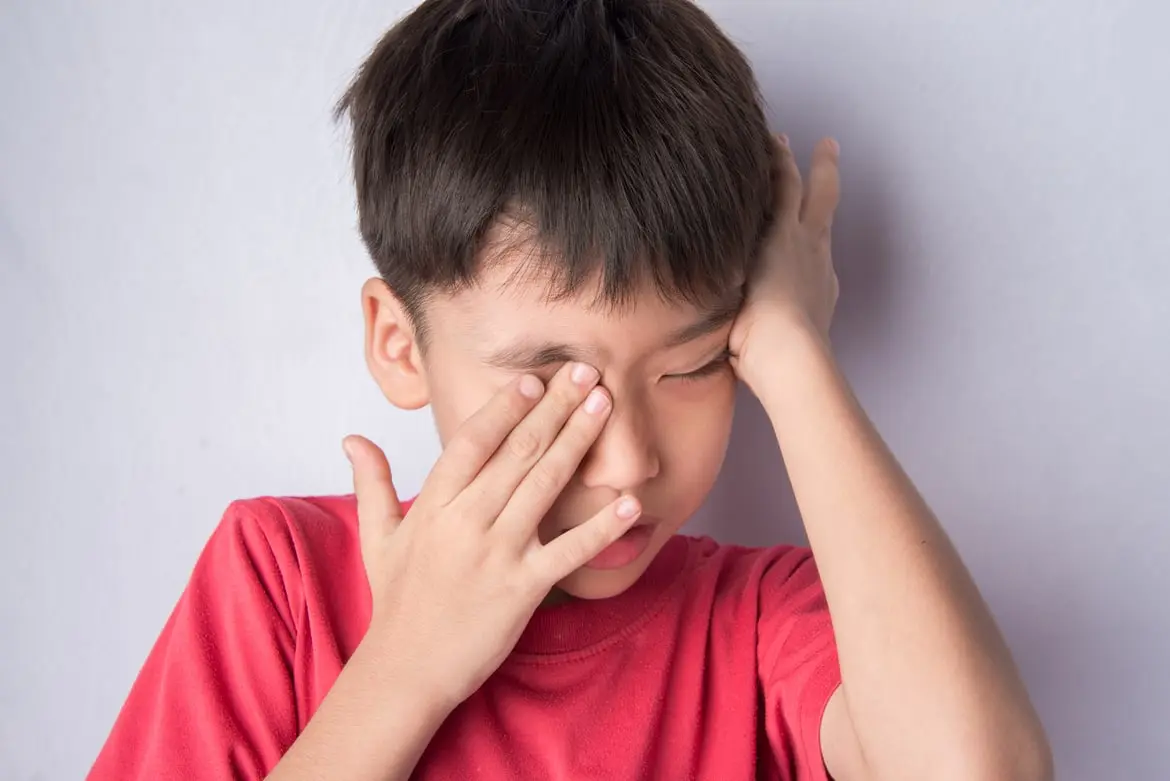Dr Ang Pek Kiang Leonard
Ophthalmologist


Source: Shutterstock
Ophthalmologist
Dr Leonard Ang, an ophthalmologist at Mount Elizabeth Hospital, guides you on the causes of pink eye (conjunctivitis) and what to do when it occurs.
Conjunctivitis, commonly called pink eye, is an inflammation of the conjunctiva, the clear membrane that covers the white part of the eye and the inner surface of the eyelids.
Pink eye is a fairly common condition that may result from an infection or allergy. Infections are most commonly viral infections such as the common cold. Less commonly, pink eye may be due to bacterial infections.
Pink eye can also be caused by allergies. These cases tend to happen more often in kids who also have other allergic conditions, such as hay fever or eczema. Triggers of allergic conjunctivitis include dust mites and pollen.
Other causes of pink eye include irritation or abrasions of the cornea (the clear part of the eye) or chemicals entering the eye.
The different types of pink eye can have different symptoms, which can vary from child to child. The child may complain of eye irritation, redness or discharge which may cause the eyelids to stick together when a child wakes up.
Pink eye caused by viruses or bacteria is contagious. Those caused by allergies or environmental irritants are not.
Remind kids often to not touch their eyes, nose, or mouth, which is a good way to ward off pink eye as well as other infections.
A child can get pink eye when they use their hand to touch their eye after touching an infected person or an object. It can also be spread by sharing contaminated towels, or through coughing and sneezing.
Children with contagious conjunctivitis should be kept out of school and crowded places, to prevent spreading it to others.
If the pink eye is caused by allergic conjunctivitis, minimising or avoiding triggers of allergy could reduce the frequency of pink eye. This includes keeping the house clean, and frequently vacuuming the bed and furniture to reduce house dust mites.
If your child has pink eye, it is important to bring them to a doctor to see what treatment is required, particularly if the pink eye is severe, prolonged or associated with pain or loss of vision.
Pink eye is most commonly caused by viruses and this usually resolves on its own without any treatment. However, if the pink eye is due to a bacterial infection, antibiotic eye drops or ointment will be required or it may spread to surrounding tissues. If your child has allergic conjunctivitis, your doctor may prescribe anti-allergy eye drops and tablets.
Eye discharge or crusting of the eyelids may be cleaned off using cotton balls or pads with clean water.
Pink eye is easily passed from person to person, so you should keep your child out of school until they have been treated and are no longer contagious.
If there is swelling, redness and pain around the eyelids, or if your child has a fever, this may mean that the infection has spread beyond the conjunctiva (the membrane lining the front surface of the eyeball and inner surface of the lids). In this situation, the child should be brought to a doctor immediately for treatment.
Just like any virus or bacteria, pink eye can spread to anybody around. Parents should wash their hands more frequently and avoid touching their eyes, to prevent pink eye.
If you are applying eye drops on your child, wash your hands before and after. Wash towels thoroughly and avoid sharing them.